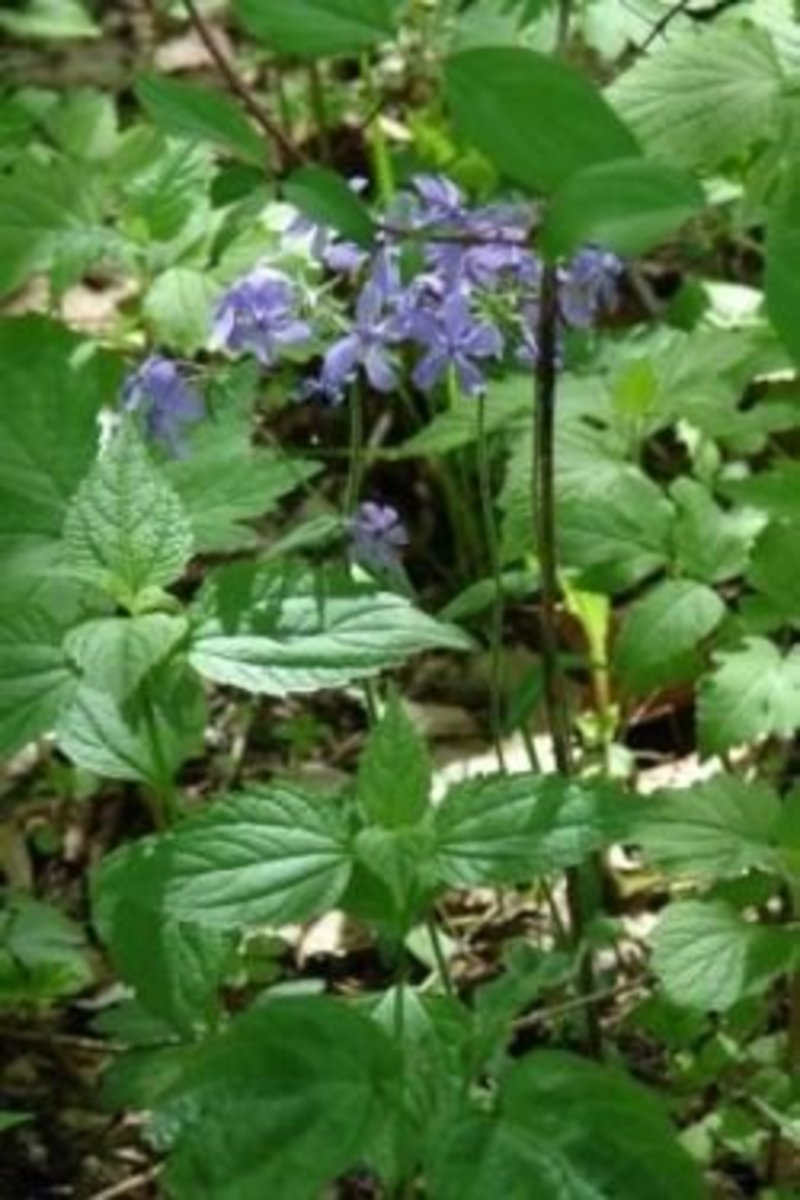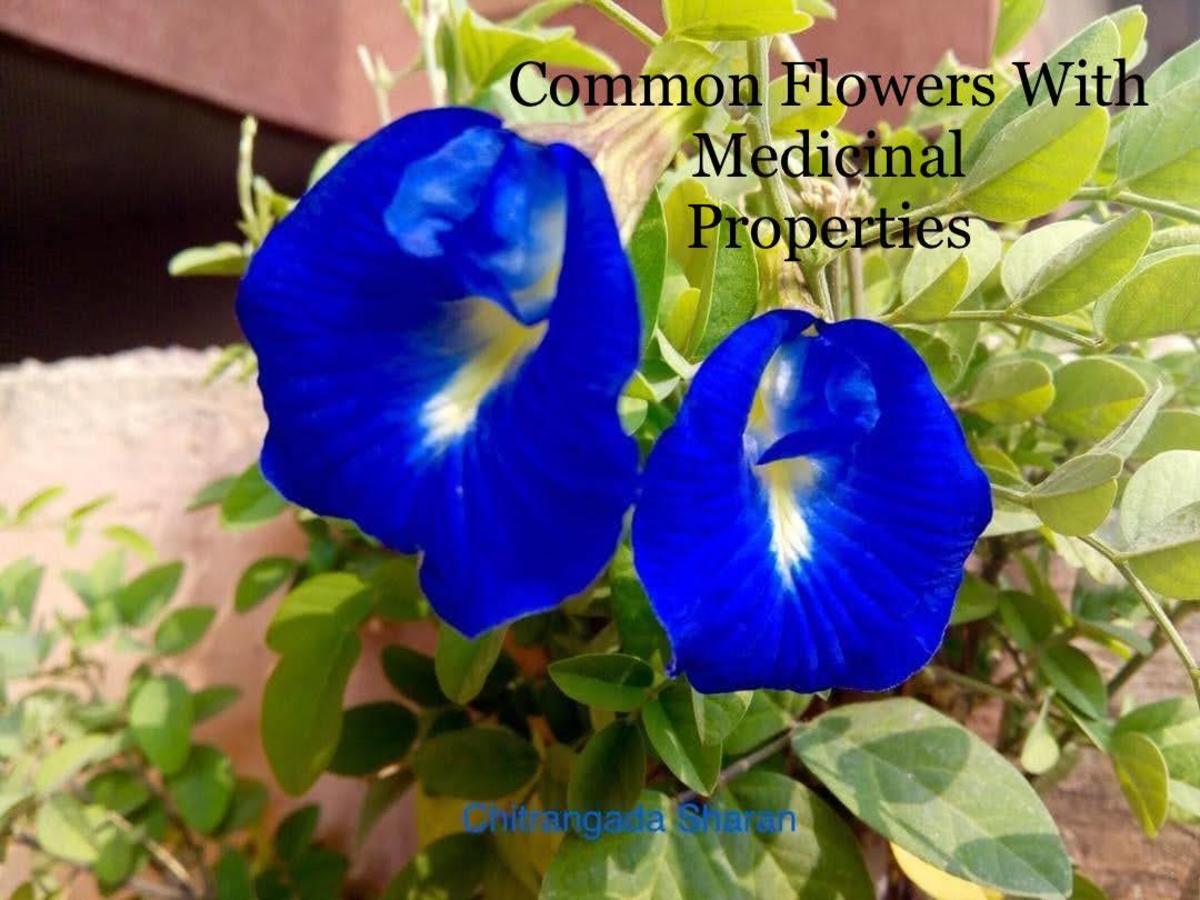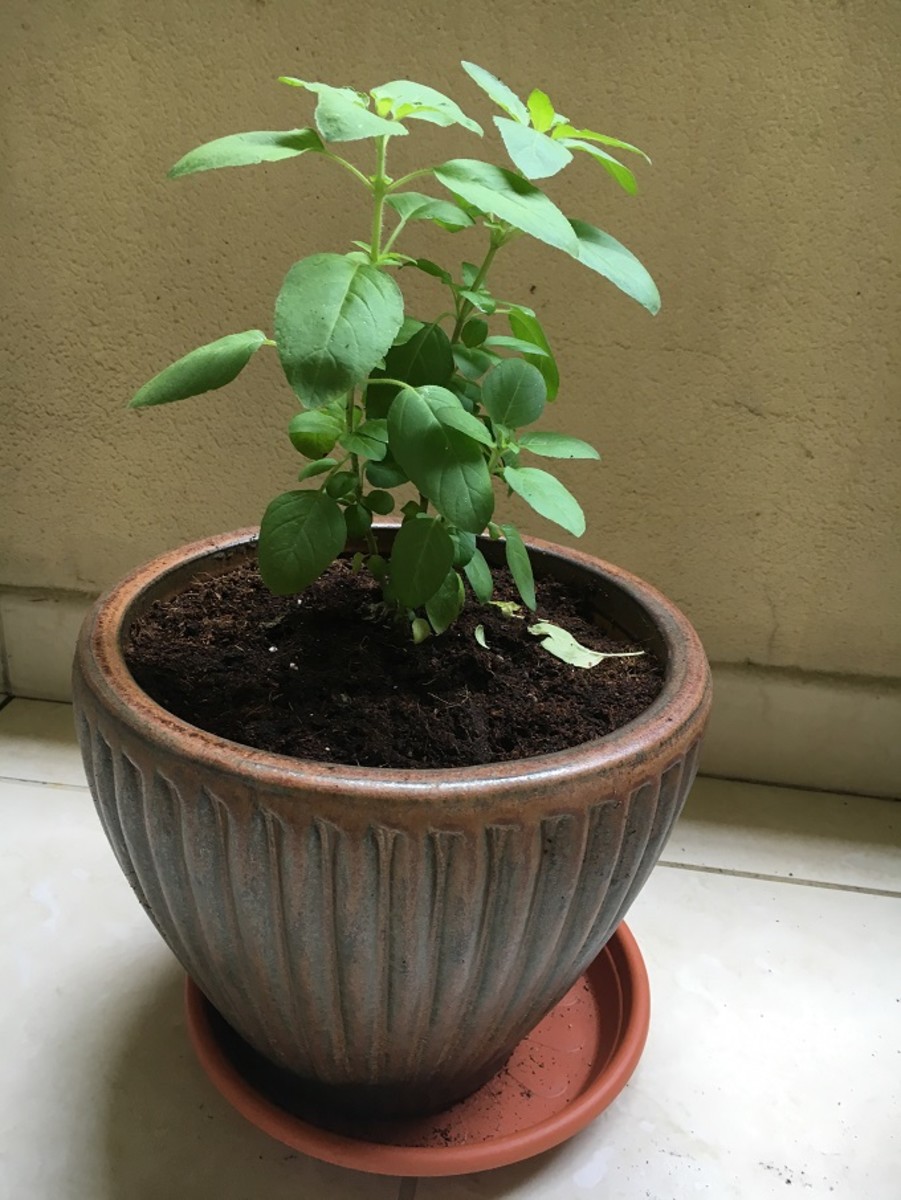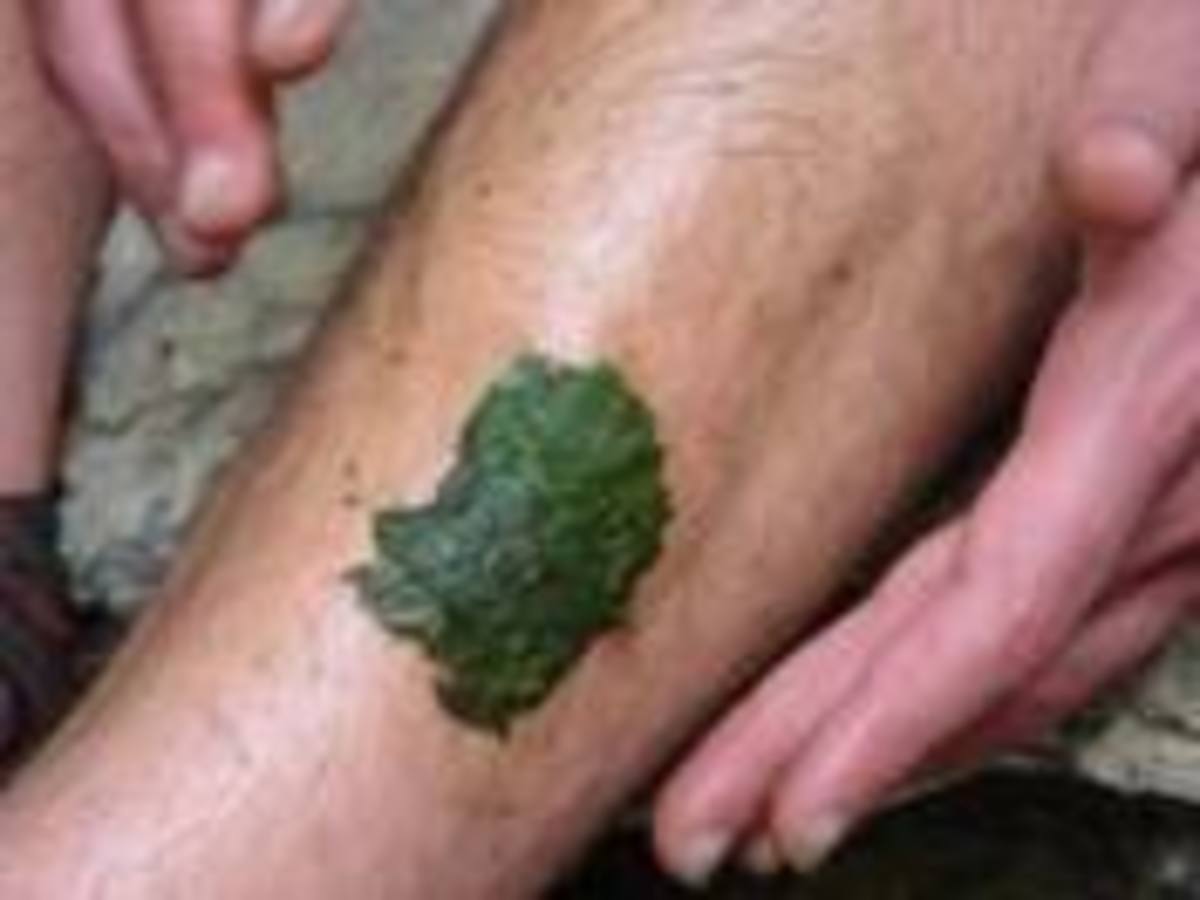- HubPages»
- Health»
- Alternative & Natural Medicine»
- Herbal Remedies
Arnica- A medicinal herb
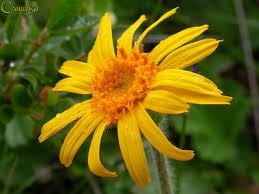

Arnica A Wonderful Plant
Arnica refers to the genus of herbs related to the sunflower family. Arna in Greek means the Lamb, which refers to the soft and hairy leaves, which most plants in this family exhibit. Two well-known species of the genus are Arnica montana and Arnica chamissonis. Arnica montana is commonly known as Mountain Tobacco, Leapord's bane and Wolfbane and is endemic to Europe. Arnica chamissonis is similar to Arnica Montana and is native to the Western United States.
Arnica is a perennial herb that grows 1 - 2 feet tall. It bears yellow-orange flowers similar to daisies. The flowers are 8 cms wide and resemble sunflowers. It has deep roots, erect unbranched stem, downy leaves towards the apex and leathery leaves towards the base of the stem. Both species of Arnica are known for their high content of helinalin – a toxin. These plants form a vital component of the homeopathic medicines. Because of the presence of toxin like helinalin, arnica preparations should always be taken under medical supervision. While topical applications have not been generally problematic, internal ingestion can lead to serious problem, and could be fatal.
Arnica products for pain releif
History of Use of Arnica for Medicinal Purposes
Evidences show that arnica has been used as a pain reliever since the 1500's and continues to be used in alternative medicine practices even today. Health benefits of this plant were realized when people noticed that mountain goats used to eat these plants when they were hurt after falling. Dr. Samuel Hahnemmann was the first person to test the health benefits of homeopathic arnica. He also formulated the concentration which was most apt to alleviate the symptoms with no toxic effects. Since then Arnica has been used as a classic homeopathic remedy for trauma of different kinds. Creams, ointments, and gels containing arnica are used topically on the skin.
If you want to get relieved of varicose veins and want to get smoother looking legs use
Current Medicinal Uses and Properties of Arnica
Medicines are prepared from fresh or dried flower heads. However, it is always used in much diluted form - in the ratio of at least 1:10 for arnica and water.Organic chemicals like flavonoid glycosides and sesquiterpene lactones present in Arnica, reduces redness, swelling, and pain associated with inflammation. Some other medicinal uses of this herb include:
- The herb is believed to assist the healing of bacterial infections.
- Arnica is used for multiple skin problems like: acne, ulcers, eczema, wounds, sunburns, etc.
- The roots are used as fungicides or preservatives.
- Commercial arnica preparations like ointments are used for sprains, strains and bruises. These are known to be widely used by athletes.
- Arnica is used for wound healing and for treating varicose veins.
- Arnica has been found beneficial in treatment of osteoarthritis, especially of the knee. It is known to soothe muscle aches and release stiff muscles.
- It is used in hair oils which promise increased hair growth and dandruff reduction.
- It is used as a mouthwash. However, care must be taken to use it only for rinsing. The solution should not be ingested.
- Recent studies suggest that arnica might also be used to treatment of burns.
Counterclaims Related To Arnica
Though Arnica has been used traditionally in a large number of topical (on the skin) medicines, their medical benefit in terms of effectiveness was not established in lab tests. Also, other than thymol and helenalin, no other active ingredient which has a proven record of beneficial history, has been extracted from it. Hence some studies question the benefits of arnica.
Precautions Related To Arnica
Arnica preparations should mostly be used topically (on the skin), except under medical supervision. Homoeopathic medicines should always be taken based on the recommended dosage. Too much of Arnica taken internally could lead to severe problems of the stomach. Side effects include tremors, dizziness and heart irregularities. It should be avoided by pregnant and breastfeeding women. For children, one may use the preparations, but never use the herb itself. And like all medicinal products, keep arnica preparations out of the reach of children.




